There was blood on the walls and floor at the birth of Kenneth MacMillan’s Romeo and Juliet in 1965. The violence of the subject was matched by the goings-on in the wings, the scrap over the first-night casting, in which the original Juliet, the young Lynn Seymour, found herself relegated down the list having had an abortion to take the role. Due to Machiavellian box-office politics, the première was staged with Fonteyn and Nureyev as the young lovers, and rising star MacMillan, horrified at being steamrollered, quit the Royal Ballet.
None of the smell of blood and fury survives in the Royal Ballet’s scrupulously scrubbed-down 50th anniversary staging. Though there is a splendid new conductor in the pit, Koen Kessels, and the dust seems to have been blown off the lighting on Nicholas Georgiadis’s masterly sets and costumes, the stage atmosphere felt uncharged, a polite homage to the past. Someone has coached the guts out of the ballet.
Sarah Lamb, as pale as a sliver of the moon, performs Juliet docilely and prettily, with delicate fingers and pointed feet at all times. Disappointingly the exultant dancing of Vadim Muntagirov, in his much-awaited debut as Romeo, was not coached with enough thespian sophistication to put an emotional rocket under this placid last-minute coupling, which came about when the fiery Natalia Osipova withdrew due to injury. The Mercutio and Benvolio of Valentino Zucchetti and James Hay seemed like small boys at play. Christopher Saunders characteristically made Lord Capulet a bore, and only Thiago Soares’s glowering Tybalt and Bennet Gartside’s Escalus hailed from somewhere conscious of life being brutish and short.
How could this happen? Given the music, written by Prokofiev in the grim Soviet Thirties, and its roaring and weeping; and given the rebellion of the Sixties teenagers MacMillan was accessing in his ballet, with his headstrong love scenes and ugly, necrophiliac last pas de deux. None of that was making it on to the stage.
And there’s also an aesthetic point that’s lost in such an unbelievable performance as Saturday’s; it is that MacMillan’s 1965 ballet is a vital joining point between classical ballet and a new theatre of naturalism. That gale of modernity needs to blow through the performance. Only this way can MacMillan’s skills — as seen in the terrifically structured first fight scene, the cinematic editing of Act 2, the traditional virtuosity of Romeo’s choreography and the wonderful modernism of Juliet’s — excite and alarm us each time. Romeo and Juliet can’t just be a floral sofa for a company to sink into and count its box-office takings.
I was thinking how much the cries of disappointment by fans over Osipova’s withdrawal emphasise the current inadequate ballerina wattage at Covent Garden, which is a legacy of a decade of glassy-eyed artistic direction in the Royal Ballet and the Royal Ballet School. The best of the men, Steven McRae, Vadim Muntagirov and Federico Bonelli, have super dancing skills but lack the dramatic urgency we’d also get from, say, Sergei Polunin, Johan Kobborg or Irek Mukhamedov. And the current repertoire choices by Royal Ballet director Kevin O’Hare lurch from classical to contemporary, with not many 20th-century ballets to develop dancers into more arresting interpreters.
Whereas — you can see where I’m going with this — Les Ballets Trockadero de Monte Carlo have the dancing and the star-quality skills. Even by their standards, this latest trip to the UK by the hairy male ballerinas is showstopping. It’s not just the now very refined way that the men danced on pointe (they are so good they don’t have to deprecate their appropriation of the ladies’ territory any more), it is the absolute command they have of their artistry, serious artistry.
When they’re dancing Les Sylphides or their precision-tooled Balanchine or Cunningham parodies, this is not a Miss Piggy on pointe moment, though there are loads of Muppety jokes. It is that the genius who has scripted the microplot of their ensemble comedy has also instilled such an exact appreciation of the period differences of the ballets, the quirks and manners of each choreographer. You can see in the performances exactly why each ballet has been selected and how hugely the performers love inflecting it with their own personality.
As for Yakatarina Verbosovich (Chase Johnsey) and Nina Immobilashvili (Alberto Pretto), is there some legally impregnable reason why they should not be hired as serious talents by a conventional ballet company with gaps in its ballerina ranks?
I was going to add something semi-cheerful about Hofesh Shechter, whose dances in Gluck’s Orphée et Eurydice in the Royal Opera’s superb new staging are fresh for the first half at least, even if they fall flat in the finale. But then I saw his own company’s numbingly, deafeningly trite thebarbarians in love/tHE bAD at Sadler’s Wells, so I won’t.
Got something to add? Join the discussion and comment below.
Get 10 issues for just $10
Subscribe to The Spectator Australia today for the next 10 magazine issues, plus full online access, for just $10.
You might disagree with half of it, but you’ll enjoy reading all of it. Try your first month for free, then just $2 a week for the remainder of your first year.

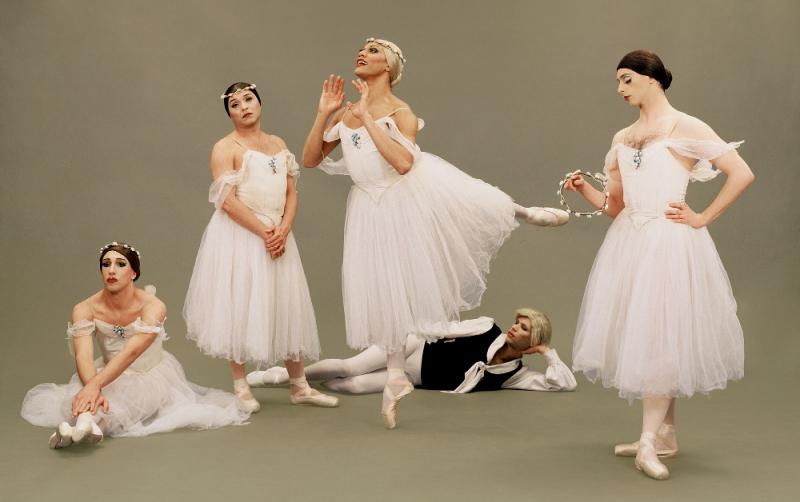
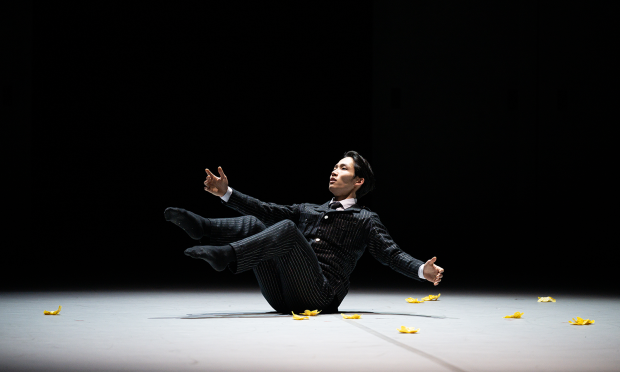
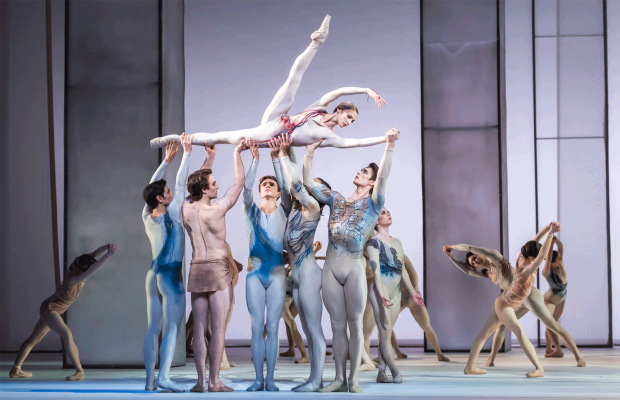

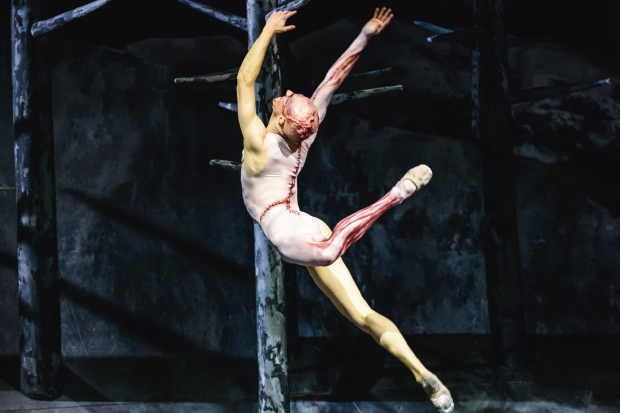
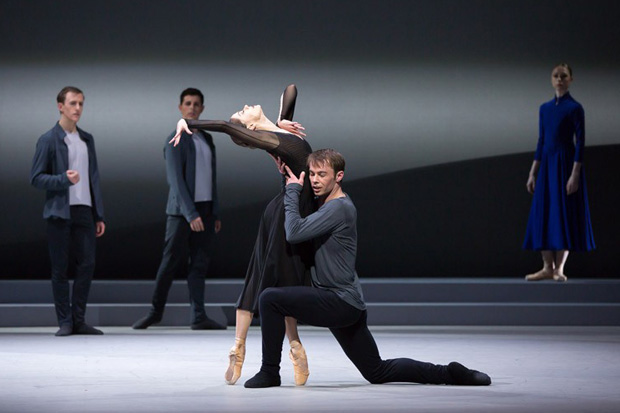
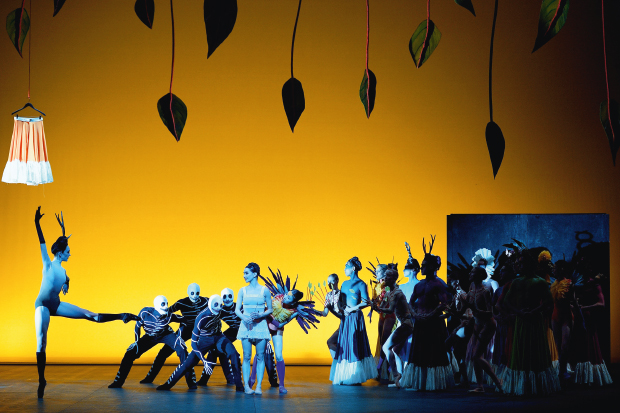






Comments
Don't miss out
Join the conversation with other Spectator Australia readers. Subscribe to leave a comment.
SUBSCRIBEAlready a subscriber? Log in